
1 november 2020

In our information article on ventilation, we already told you more about the importance of ventilation, the different ventilation systems and ventilation in the industry. Haven’t you read that yet? Then click here. In this article we go deeper into the materials that enable ventilation in your rooms: ventilators, and specifically: what are industrial fans.
A fan is a rotating machine with a rotating part that makes air or a gas move. A fan is used, for example, to supply a room with fresh air or to extract polluted air. Usually the impeller of a fan is driven by an electric motor.
The suction side is the side where the pure air is sucked in. Then the air moves through the housing to the outlet side of the fan.
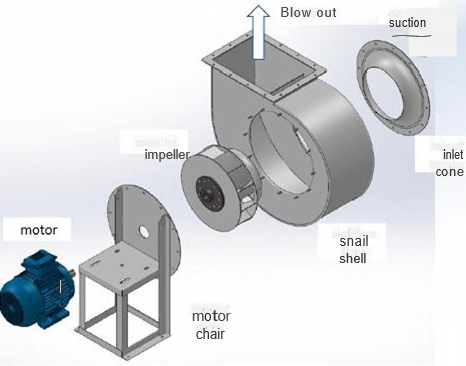
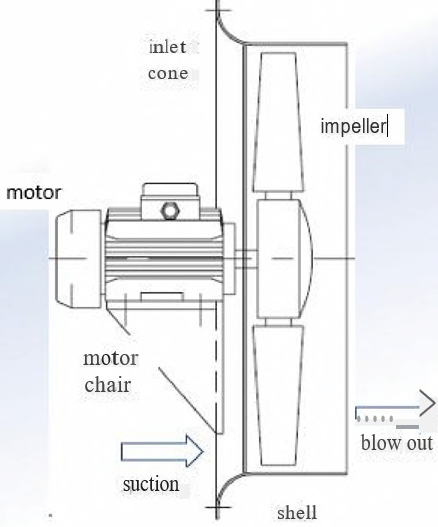
Axial fans can move a large amount of air with little electrical power compared to centrifugal fans. Since these fans cannot achieve high pressure, they are best used with low pressure systems. Additional disadvantages are the turbulence and a high noise level. Depending on the arrangement of the construction, there are different types of axial fans. Examples are wall and ring fans.
Centrifugal (or radial) fans move smaller air volumes, but can build up greater pressure. That is why they are best used with high pressure systems. In addition, centrifugal fans use little energy. They are extremely suitable to move air in underpressure and/or overpressure systems and ensure a stable air movement in a duct. Nevertheless, keep in mind that centrifugal fans are usually large in size and heavy in weight.

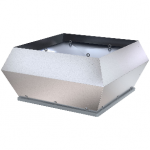
A roof fan is placed in the roof and ensures that the ventilation is good so that polluted air does not get stuck. A roof fan falls under the mechanical ventilation. Read more about the roof fans of Slingerland Techniek by clicking on the title.
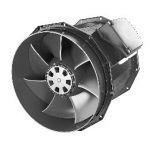
A tube fan (or duct fan) is installed between two ventilation pipes and is often used in situations where more air resistance needs to be bridged than with an axial fan. Read more about the tube fans of Slingerland Techniek by clicking on the title.
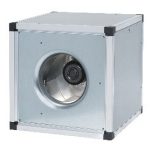
Box fans can be compared to radial fans. The difference is that box fans have no cochlea. Box fans have a similar effect to tubular fans, but with a radial fan on the inside. Read more about the box fans of Slingerland Techniek by clicking on the title.
An investment in a quality fan for utility or industrial purposes can solve and prevent a lot of inconvenience. When purchasing, it is important that you pay close attention to what type of fan you use where. We hope the above information has already taken you in the right direction. However, if you want to be assured of a good fan choice we advise you to contact us. We will take the time to discuss the different options with you. You can contact us here or on our contact page below.
Sign up for our newsletter to stay informed of our latest news and discount promotions.
Upon registration you will immediately receive a welcome offer!
